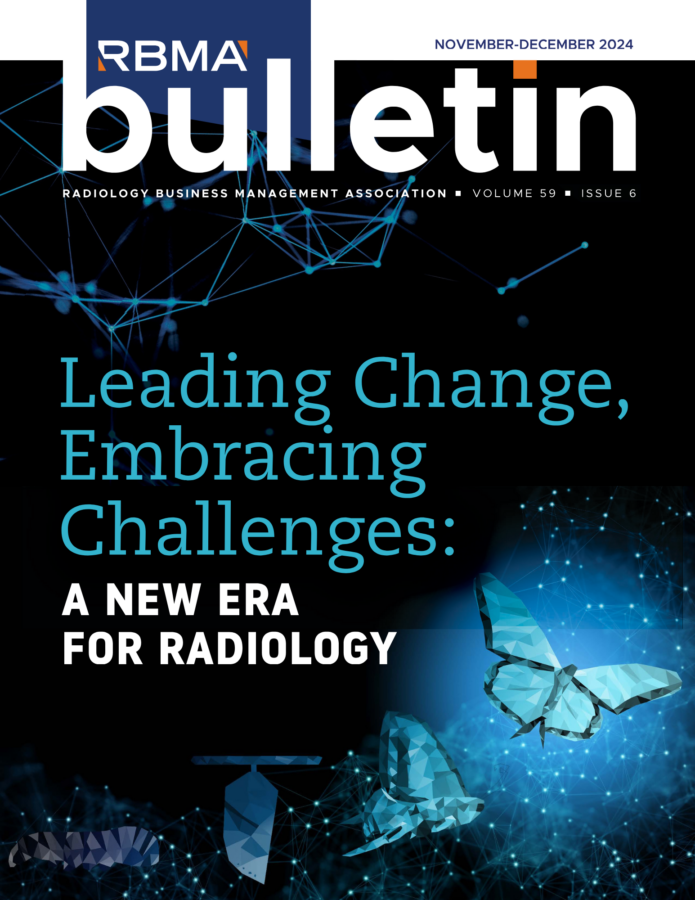It’s the end of the year, and many of us find ourselves staring at a mix of data points, campaign results, and budgets. Some initiatives soared, others stumbled, and then there are the “what-ifs”—the nagging feeling that more could have been done. This moment of reflection, while sometimes uncomfortable, is also powerful. It’s a chance to celebrate, learn, and set a new course for the future.
For those of us in radiology marketing, the stakes are high. Our work not only shapes patient perceptions but also directly impacts access to critical care. As we prepare for 2025, it’s worth pausing to consider: What worked? What didn’t? And how can we take these lessons into the new year with purpose and clarity?
Celebrating Wins—What Worked and Why
Reflectionstarts with recognition. Every campaign, big or small, represents the effort and creativity of a dedicated team. But beyond the satisfaction of seeing green arrows on reports, it’s essential to dig deeper into what made these campaigns successful.
ASK YOURSELF:
- Did success hinge on a better understanding of the audience?
- Was it a matter of timing, like releasing patient education content during Breast Cancer Awareness Month?
- Or did a new approach—like integrating storytelling into your digital ads—resonate on a deeper level?
For example, many radiology groups have seen success by focusing on patient education. Campaigns that demystify procedures, such as the importance of lung cancer screenings or the benefits of minimally invasive treatments, not only perform well but also position practices as trusted resources. The lesson here? Success often lies at the intersection of empathy, timing, and clarity.
Owning the Challenges—What Didn’t Work and Lessons Learned
No marketer wants to dwell on missed targets or underperforming campaigns, but these moments hold valuable lessons. Maybe a high budget campaign didn’t resonate as expected, or a new platform didn’t deliver the promised ROI. The key is to approach these challenges with curiosity rather than frustration.
For instance, some practices may have struggled with outreach campaigns that fell flat because they didn’t address a crucial touchpoint—referring physicians. While the intent may have been to increase patient volume, the missing link was engaging the providers, who are often the first step in the patient’s journey.
TO UNCOVER INSIGHTS FROM THESE CHALLENGES:
- Conduct post-campaign surveys or focus groups to gather feedback.
- Dive into the data to identify patterns or blind spots.
- Create a culture where teams feel safe discussing missteps openly.
Remember, the real failure isn’t in falling short—it’s in failing to learn.
Setting Intentional Goals for the Year Ahead
As you plan for 2025, resist the urge to set goals simply to check boxes. Instead, focus on goals that align with your practice’s values and vision.
CONSIDER ASKING REFLECTIVE QUESTIONS:
- What kind of experience do we want patients to have when interacting with our brand?
- How can we ensure our marketing efforts align with broader organizational goals, life increasing accessibility or reducing no-show rates?
One effective approach is to pair “micro-goals” with a “macro-vision.” For instance, setting quarterly patient-focused objectives—like improving scheduling communications—can serve the larger mission of enhancing accessibility and patient satisfaction. This balance helps teams stay grounded in the day-to-day while keeping sight of long-term aspirations.
Key Trends to Watch in 2025
As you set your course for the year ahead, keep an eye on trends shaping the future of radiology marketing:
- Personalization: Patients increasingly expect messaging tailored
to their needs, whether it’s reminders for breast cancer screenings
and dense breast tissue education or content that speaks directly
to their health concerns. - AI and Predictive Tools: While not a cure-all, AI tools can help prioritize marketing efforts by analyzing goals to identify key outreach opportunities and help with content generation especially for those teams of one.
- Transparency: From price transparency to clear explanations of procedures, patients value open communication. Marketing efforts that prioritize trust will continue to stand out.
These trends reflect a larger shift toward patient-centered care, where marketing is as much about building relationships as driving conversions.
Conclusion: Embrace Growth with Authenticity
The process of reflection isn’t about tallying wins and losses—it’s about understanding what these moments say about your values, your team, and your mission. Did your campaigns build trust with patients? Did your team feel empowered and aligned? These are the questions that will shape not just your marketing plans, but the heart of your practice.
As you look to 2025, approach it with resolve. Celebrate your successes, embrace your lessons, and commit to leading with authenticity and purpose. Growth doesn’t come from perfection—it comes from progress.
